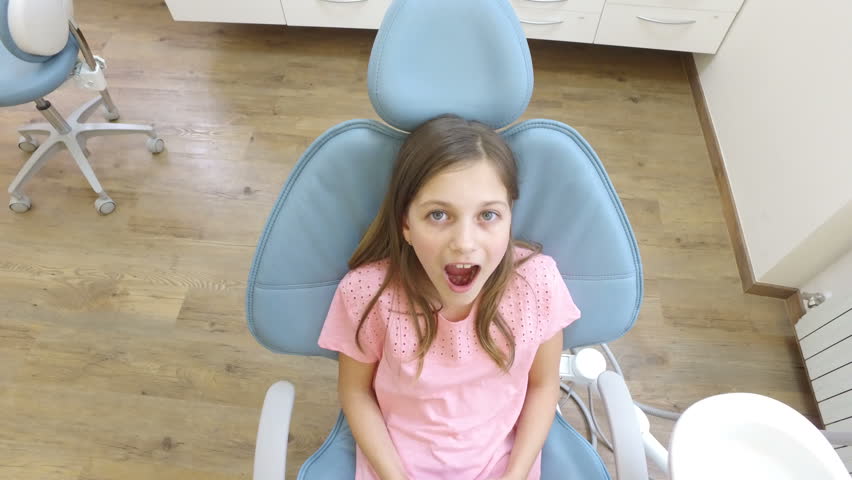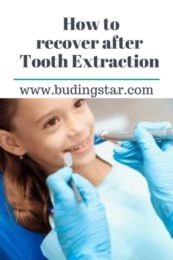What is Tooth Extraction?
Tooth extraction is the removal of a tooth from the dental alveolus (socket) in the alveolar bone.
When is Tooth Extraction needed?
- SEVERE TOOTH DECAY:
Severe tooth decay such that the tooth cannot be salvaged by root canal treatment or any other restorative treatment.
- PERIODONTAL DISEASE:
Periodontal disease (gum disease) affects the supporting tissues and bone structures of teeth. Mobile teeth need extraction.
- EXTRACTION OF WISDOM TOOTH:
Wisdom teeth are the last 4 teeth (third molars), two in each jaw. They erupt in the mouth between the age of 18 and 25. Sometimes, they may not have enough room to erupt or develop normally. This will cause the third molar/ wisdom tooth to be impacted. Impacted molars may result in pain, swelling, bad breath and damage to other teeth and other dental problems. Thus, impacted wisdom tooth needs to be extracted. Also, due to its hindmost positioning in the jaw, there might be difficulty in brushing or flossing, which makes it more prone to decay. Thus, if the third molar is decayed, it is again necessary to get it extracted. It is not always necessary to get the wisdom tooth extracted. That’s why a consultation with the dentist for the same is necessary.
- ORTHODONTIC REASONS:
A tooth may be extracted for orthodontic reasons to make room for the teeth to move and realign.
- SUPERNUMERARY TEETH:
Supernumerary teeth are additional teeth that appear in the dentition in addition to a regular number of teeth. They need to be extracted if they are impacted, cause delayed eruption of another tooth, cause excessive crowding, etc.
What are the two types of extraction?
- Simple Extractions
Simple extractions are performed for teeth that are visible in the mouth. It is done after the administration of local anesthesia.
- Surgical Extractions
Surgical extractions are performed when the tooth cannot be easily accessed. This happens when the tooth has not completely erupted or when the tooth has been broken below the gumline. In this procedure, the dentist performs incision to elevate the soft tissues covering the tooth. In some cases, the tooth may have to be split into multiple pieces to facilitate its removal.
Tooth extraction is the last resort that may be considered as a dental solution. Consulting the dentist can help one understand why there is a need for a tooth extraction.
How to recover after Tooth Extraction?
CARE AFTER EXTRACTION:
- Keep the gauze pack over the site of tooth extraction for half an hour after the tooth extraction. This is done to stop bleeding and to allow the blood clot to form.
- Bleeding for some time is expected, but if it is excessive, then visit the dentist immediately. Always make sure that you provide your complete past and present medical history (Hypertension, Diabetes, Blood Thinner Medication, etc) to your dentist before removal/extraction of a tooth.
- Avoid spitting, vigorous rinsing and using a straw for the next few days. It can create negative pressure that can dislodge the clot formed over the site of extraction, resulting in a dry socket.
- Have a liquid and soft diet for the next few days.
- Swelling around the mouth is common for few days. An ice pack can be used for the same for the first 2 – 3 days.
- After 24 hours, gently rinse your mouth with lukewarm saltwater.
- The socket will close in approximately 12-18 weeks.
ABOUT STITCHES/SUTURES:
There are two types of stitches/sutures. Confirm the type of suture with the dentist, if used during an oral surgery procedure. Non — resorbable sutures can’t degrade and will only reduce in strength over time. They have to be removed 7 – 10 days after the stitches were originally placed. Resorbable sutures (plain gut/chromium gut) get resorbed and do not have to be removed. They may deteriorate over 8 – 15 days. But, it may take 70 – 90 days for them to be completely resorbed within tissues.
ABOUT DRY SOCKET:
If you experience excruciating pain 3 – 4 days after you have got tooth extracted, then you have developed dry socket/alveolar osteitis. Barebone may be visible in the socket. Consult the dentist immediately who may pack the socket with medicated gauze to alleviate the pain.
AVOID SMOKING:
Smoking after extraction interferes with normal healing process and can also increase the risk of developing dry socket and infections, resulting in increased pain.















